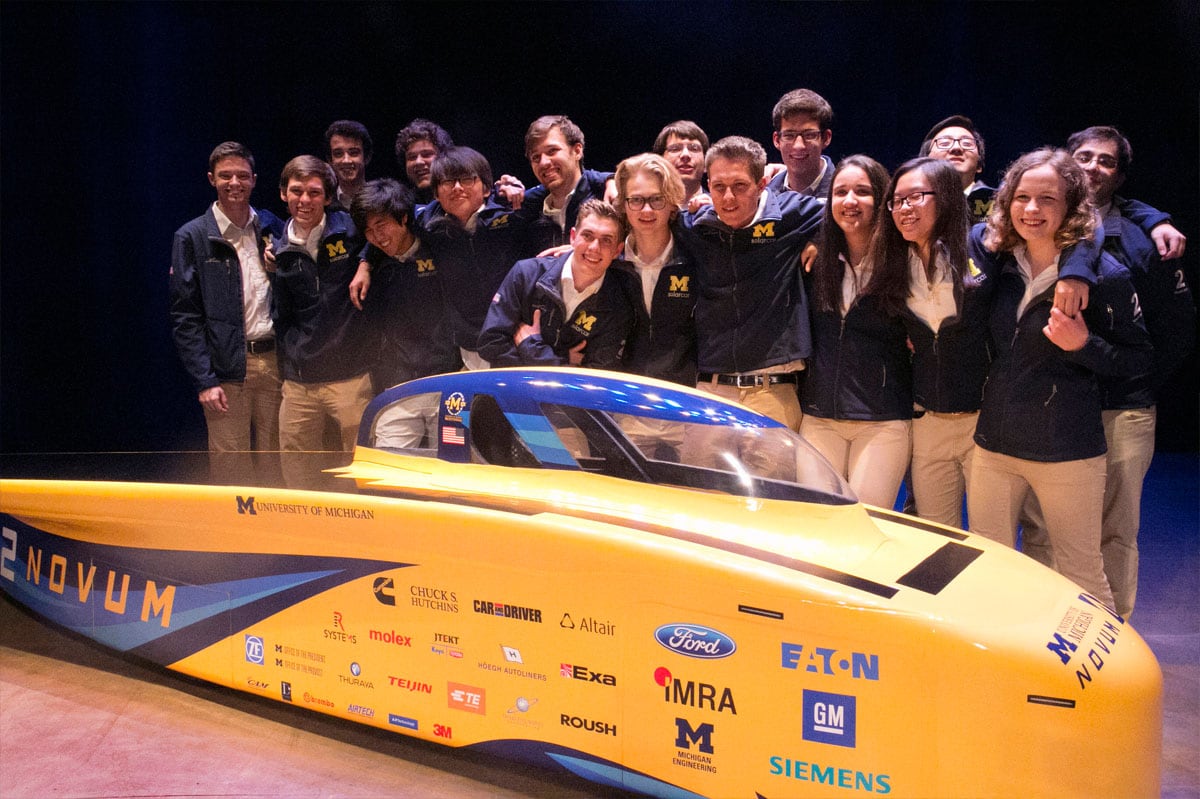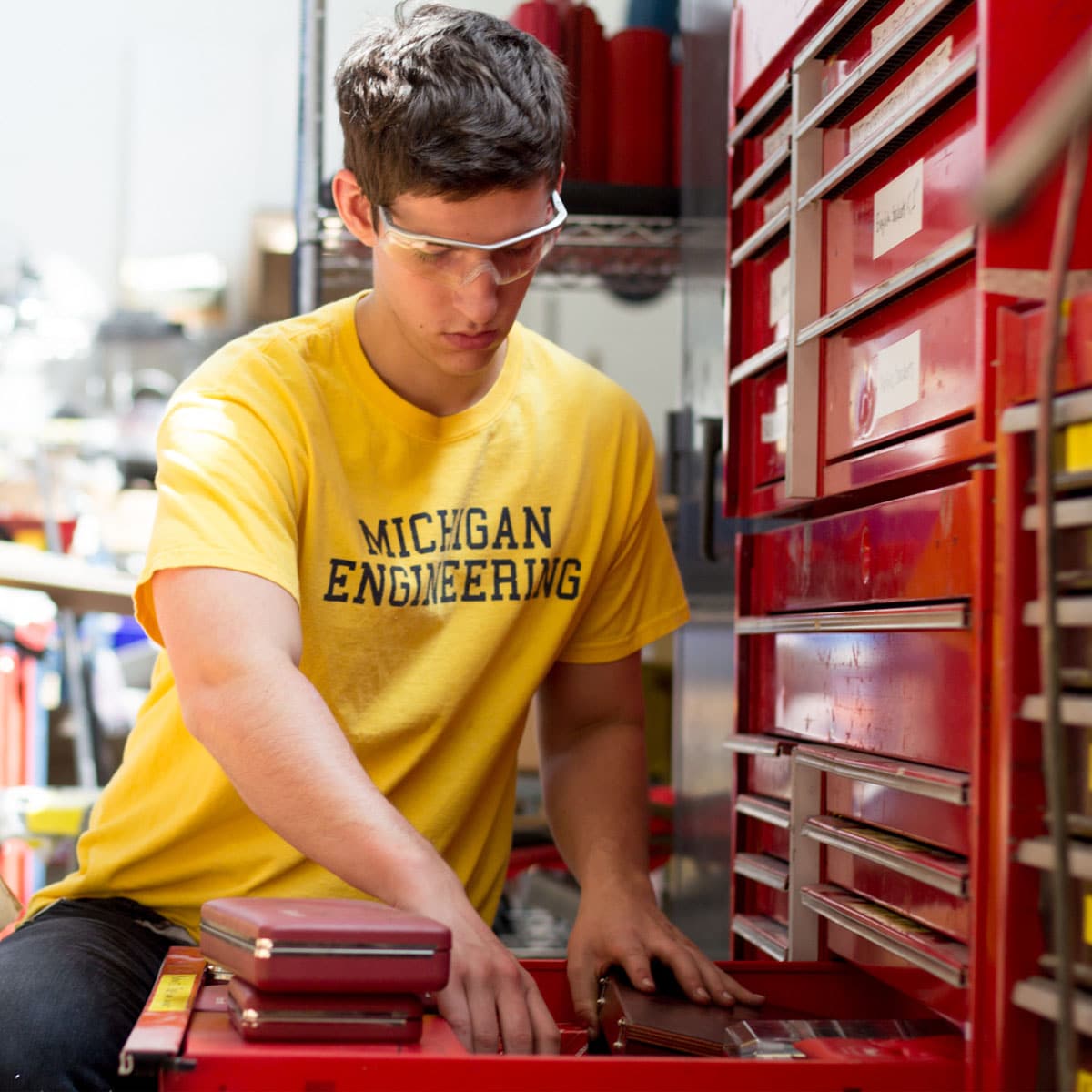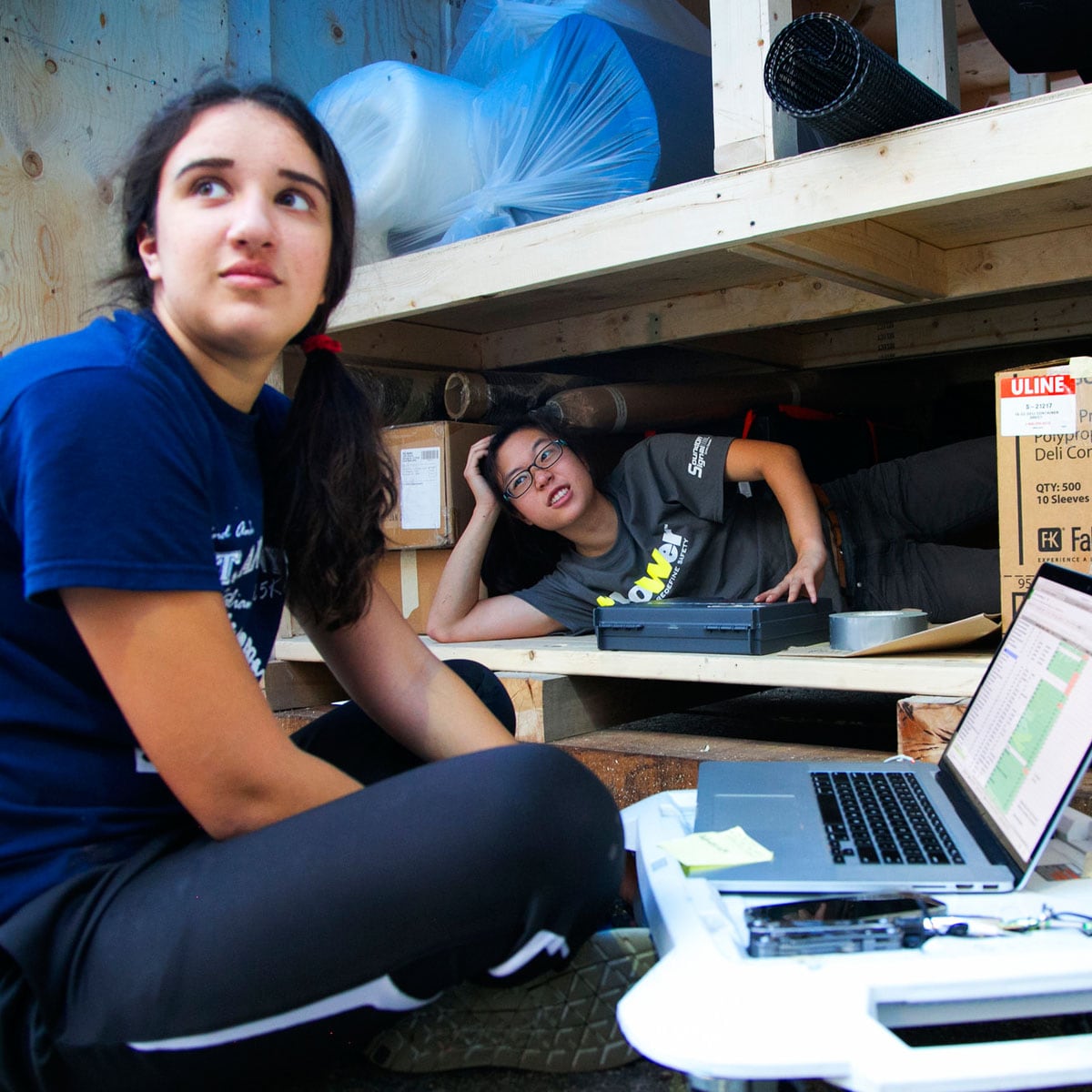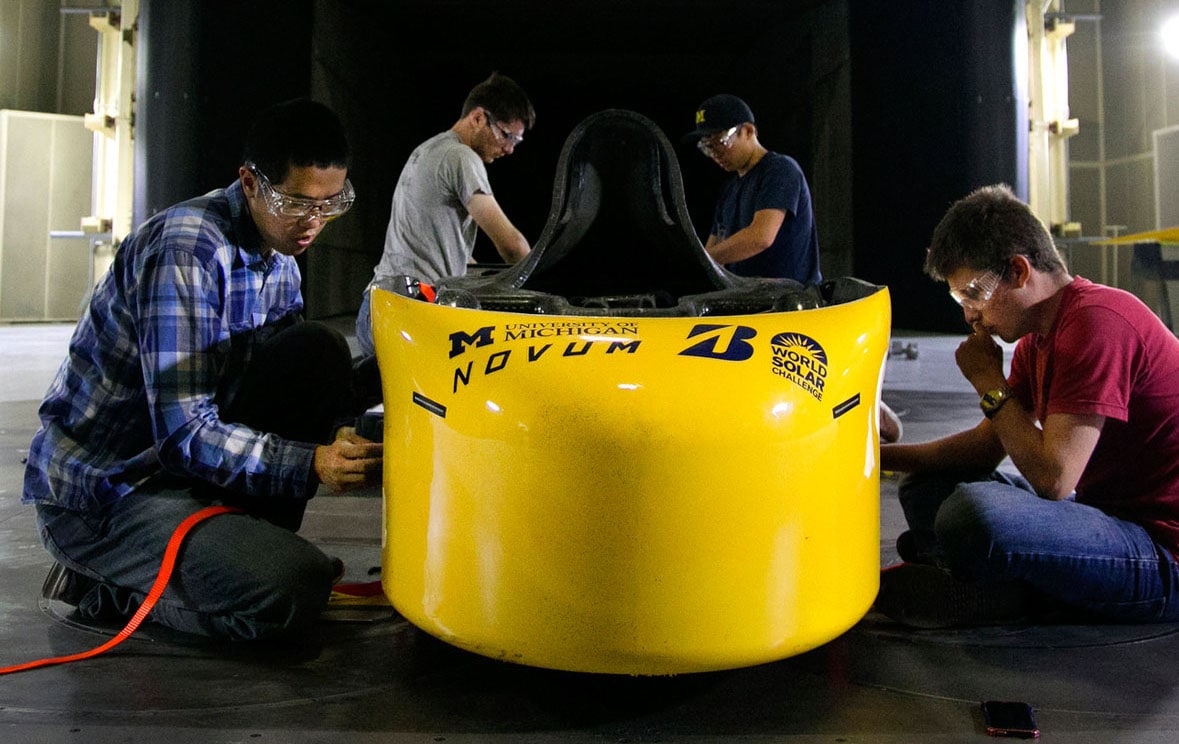
Trend Insight
Racing With the Sun
A 18-member team from the University of Michigan, sponsored in part by TE Connectivity (TE), has finished second in the Bridgestone World Solar Challenge, an 1,800 mile race across the Australian Outback that many of the students involved called the adventure of a lifetime.
Michigan Solar Car Team
Race Across the Outback
Racing from Darwin to Adelaide, the students from the University of Michigan, sponsored in-part by TE Connectivity, treked 1,800-miles (3,000km) across the Australian Outback in their solar car, Novum, against competitors from around the world in the Bridgestone World Solar Challenge.
The Nuon team’s Nuna 9 solar car, from Delft University of Technology, reached the finish line in the southern coastal city first. A Dutch team has competed in the event nine times. A Belgium team, Punch Powertrain, finished in third place.
The race, held every two years, is larglely comprised of college teams and aimed at promoting research on solar-powered cars.

‘’We’re working with some of the world’s brightest young engineers''
- Steve Rohr, director of technology strategy for TE’s Transportation Solutions unit.
The challenge officially began in Darwin, Australia on Sunday October 8.
Steve Rohr, director of technology strategy for TE’s Transportation Solutions unit, said working with the team at Michigan was an easy decision.
‘’We’re working with some of the world’s brightest young engineers, helping improve energy independence and helping to “move the needle” on sustainable technologies,’’ said Rohr. ‘’And at the same time, the students help us with insights, innovation, and enthusiasm. Another reason is the environment created by the student programs. Customers and competitors alike join together to support the team with one singular purpose in mind - helping the team be successful. The environment is extremely collaborative and inspiring.’’
TE is a financial sponsor of the team and its car, but has also donated parts to power the car’s operation, including high-power connectors and connection systems, signal-level connectors, high-power contactors for switching power, wire, and handheld tools.
TE has also offered the team technical support, guidance, and mentoring throughout the design and production of Novum.


"Working with TE has given me a better understanding of the level of detail that goes into every product’’
- Brad Baker, an electrical engineering major from Caledonia, Michigan.
The Novum team is comprised of mechanical, electrical, and aerodynamic engineering majors from U of M, along with sponsorship, marketing, and operations members from the university.
The students say TE’s involvement has provided an enormous opportunity to learn about the automotive industry from many angles.
"Working with TE has given me a better understanding of the level of detail that goes into every product,’’ said Brad Baker, an electrical engineering major from Caledonia, Michigan, who serves as a battery engineer for the Michigan team.‘’ For example, their connectors have to be not only electrically robust and simple to use, but they also have to be mechanically sound to keep harmful substances out of the connector and they have to be durable enough to be reliable in any conditions."
Patrick Irving, a computer engineering major from Buffalo, NY, who works as lead micro-systems engineer for Novum, said ‘’Working with TE has given me a good perspective on what it means to work with real-world products in industry. It opened my eyes to all of the fine considerations that professionals take into account when designing a specific product."
In the week preceding the event, teams must pass a series of practical safety and compliance tests to qualify for the start line. The final qualifying activities are the time trials at Hidden Valley, Australia on Saturday October 7.
‘’It’s very impressive to see our leading universities have been working with some of the best in the industry, building their solar-cars using locally developed technologies, and incorporating advanced features that have never been seen before,’’ said South Australia’s Minister for Tourism, Leon Bignell.

Journey of a Lifetime
Novum measures one meter shoulder-to-shoulder
The Michigan team’s car was unveiled in July and is the 14th such vehicle the university has produced. Measuring just over one meter shoulder-to-shoulder, Novum is roughly 43 percent narrower than the team’s last vehicle, Aurum. And according to experimental simulation data, it’s roughly 20 percent more efficient.
“The team had to have three things in order to make the switch to the small car,” said Engineering Director Clayton Dailey. “The insight, or the idea, the resources, and the willingness to take the risk. We have to be willing to do something that hasn’t been done before – going into the unknown. I think this race will usher in the next era of solar cars.” Added Dailey, “And hopefully we got this right, and are the first to jump on the ship – to a single-fairing, long, skinny car!"
Once the teams have left Darwin they must travel as far as they can until 5 pm, when they make camp in the desert, wherever they happen to be. All teams must be fully self sufficient. Many have said the race is the adventure of a lifetime.
During the journey there are nine mandatory check points where team managers get updates on the weather and their position in the field. At check points, teams can perform the most basic of maintenance only – like checking tire pressure and cleaning debris from the vehicle.


